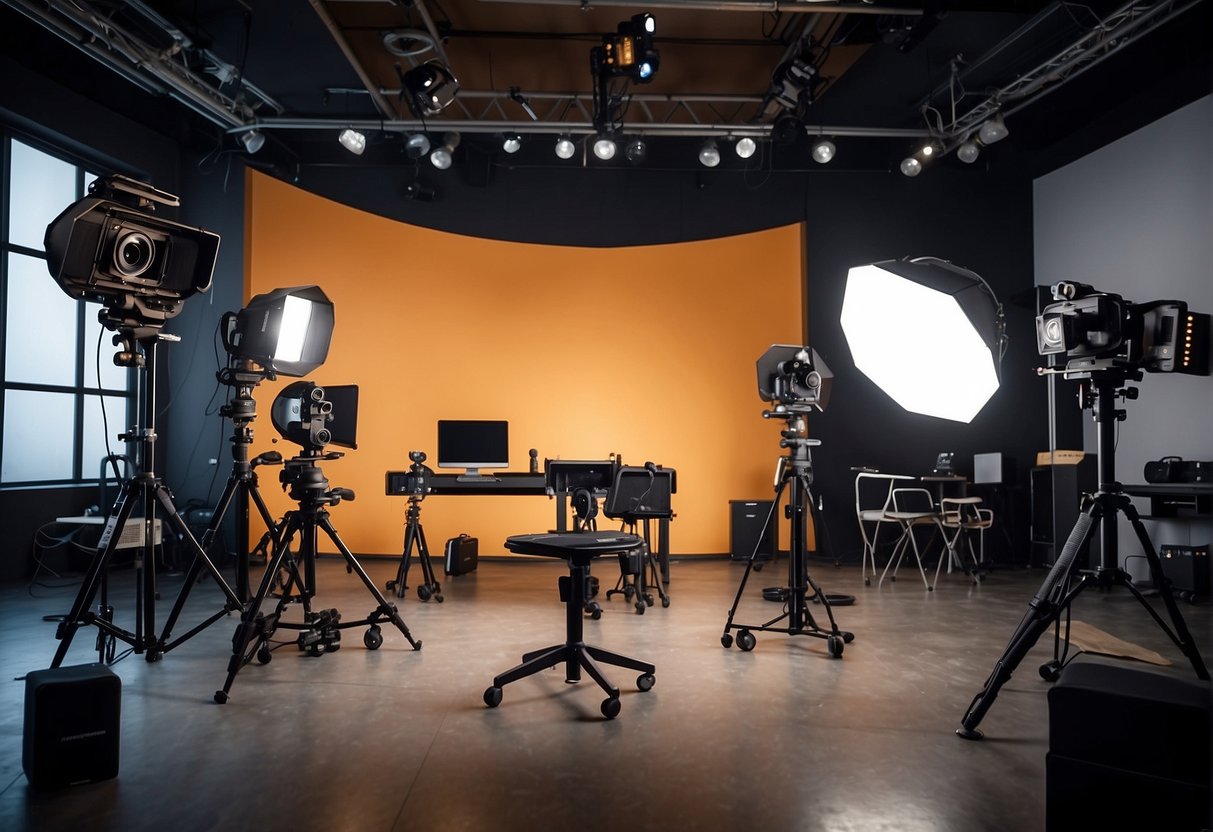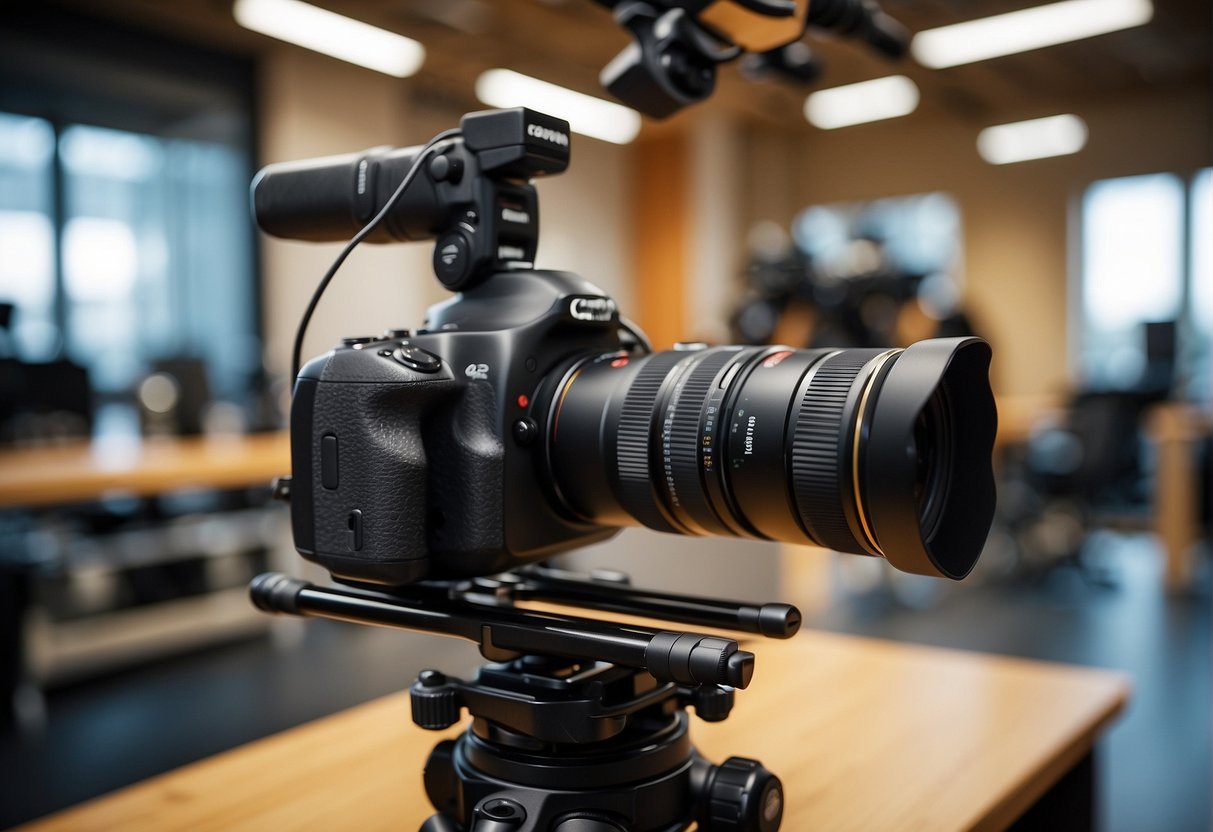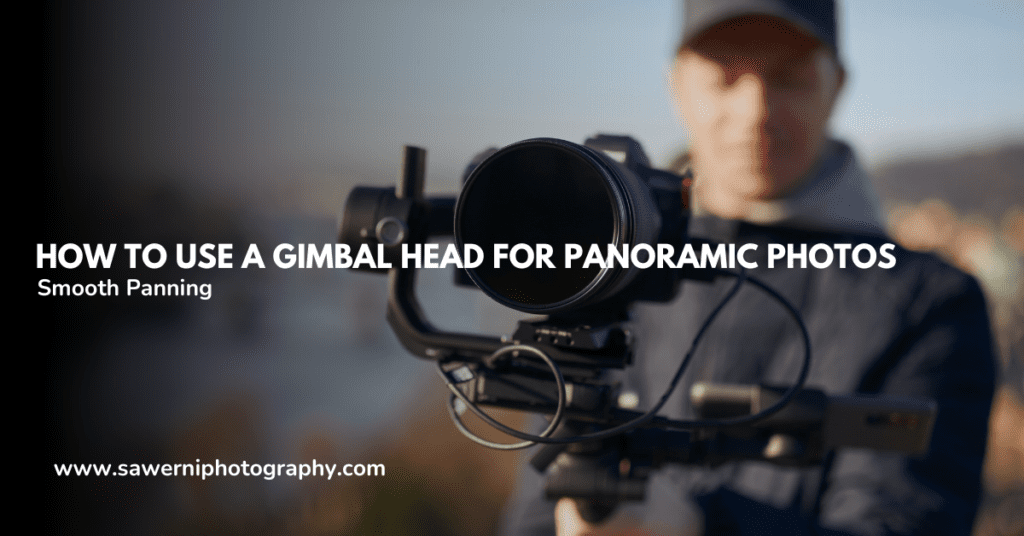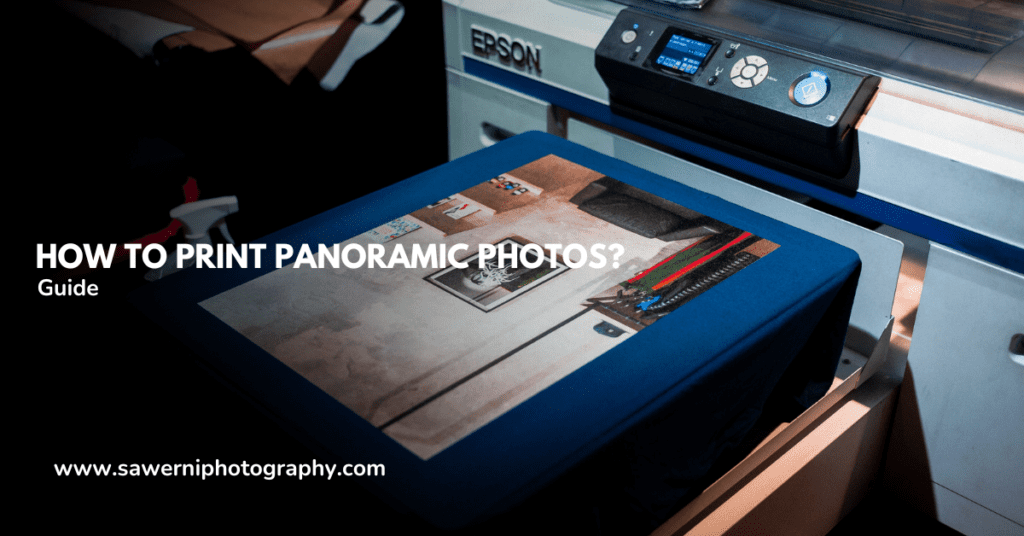360 photography has brought a revolutionary perspective to the virtual tour experience, allowing for immersive views and rich storytelling. It’s akin to gifting viewers a key to step inside a virtual world and look around as if they are there.
This technology has become a vital marketing tool for businesses looking to showcase real estate, enhance online retail experiences, or elevate their brand presence online.

For businesses aiming to connect with their customers on a deeper level, 360 photography provides an exceptional advantage. It creates a digital environment where potential buyers can interact with a space or product from every angle, build a stronger connection, and engage in a way traditional photography cannot.
Whether for a property walkthrough, an online retail store, or a corporate website, virtual tours and 360-degree content are becoming standard practice in digital marketing strategies.
360 Photography Company – Key Takeaways
- 360 photography offers immersive experiences, enhancing user engagement and satisfaction.
- It can be a crucial differentiating factor in digital marketing and business promotion.
- Virtual tours offer a competitive edge by providing users with a comprehensive view of properties, products, or services.
Technical Aspects of 360 Photography

The devil is in the details when it comes to mastering 360 photography. A single capture offers a comprehensive view, but achieving that seamless quality requires specific tools and techniques.
Essential Equipment for Quality 360 Photography
360 Cameras:
- For professional use: A DSLR with a fisheye or wide-angle lens mounted on a panoramic head.
- For consumer ease, use 360 cameras like the Ricoh Theta S or Samsung Gear 360 for simple point-and-shoot.
Supporting Equipment:
- Tripod: Sturdy support for the camera, crucial for consistent and stable shots.
- Remote shutter: To prevent camera movement during shooting.
Integrating 360 Photos with Platforms
Software and Platforms:
- Upload and stitching software to combine photos into a 360 view.
- Integration with Google Street View, Google My Business, and Google Maps.
Virtual Tours:
- Use of embed code to place virtual tours on websites.
- Compatibility with VR technology for immersive experiences.
Advanced Techniques and Technologies
Innovative Technologies:
- Aerial photography uses drones for a unique perspective.
- Virtual and staging solutions for property and interior previews.
High-Quality Results:
- Advanced image stabilization to enhance photo quality.
- High-resolution sensors in professional 360 cameras for sharp imagery.
By strategically using the right equipment, engaging with innovative technologies, and understanding the intricacies of software integration, they can significantly elevate the standards of their 360 photography service.
Learn more about Drone Photography Company Names.
360 Photography in Business Applications
360-degree photography has emerged as a transformative technology in today’s digital marketplace, offering businesses innovative ways to engage with customers and stand out among competitors.
Boosting Real Estate with Virtual Tours
With virtual tours, real estate professionals can showcase properties more effectively. 360 virtual tours enable prospective buyers to explore homes from anywhere, providing a comprehensive view that traditional photos cannot match. Agents deliver an interactive experience that can significantly increase traffic and sales by integrating floor plans and virtual tour photography.
Leveraging 360 Photography for Increased Engagement
Businesses use 360-degree photographs as a marketing tool to create immersive experiences. Hotels, for example, attract more guests by providing virtual tours of their rooms and facilities. This interactive content can increase customer engagement and reviews and create a more significant presence on social media platforms. For small businesses, 360 photography provides engagement that rivals larger competitors.
Competitive Advantage and Pricing Strategies
Adopting 360-degree photography can give businesses a competitive edge. Detailed comparisons between traditional and 360-degree views affirm that a reasonably priced investment in this technology can lead to a higher return on sales. Pricing strategies vary, but businesses should consider the long-term benefits of increased customer interest and sales when setting the cost for incorporating 360-degree visuals into their marketing plan.


